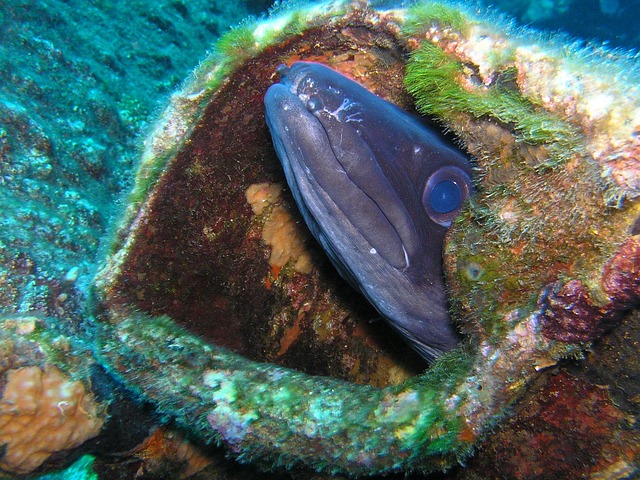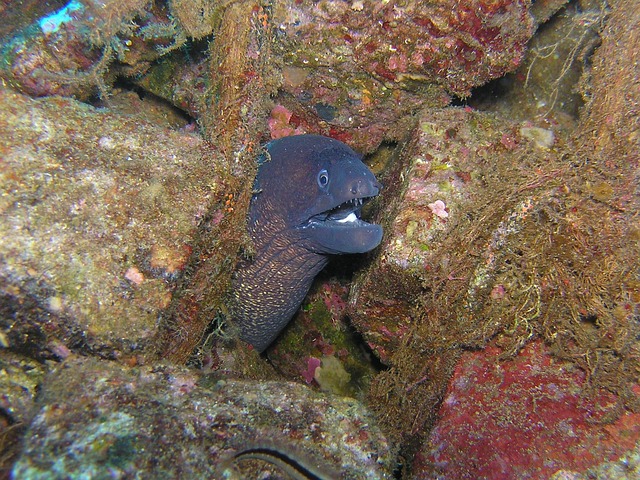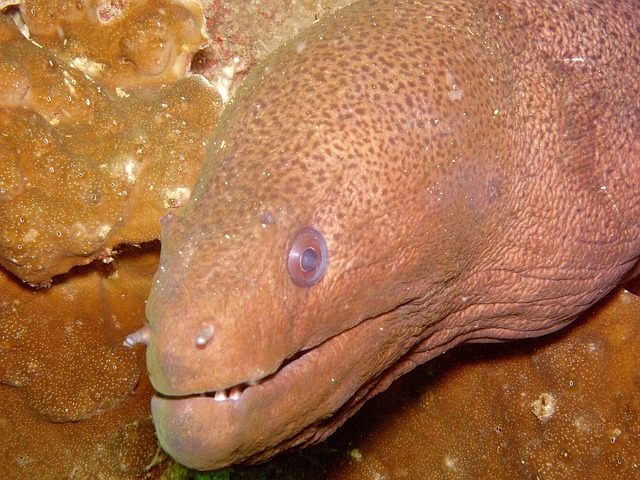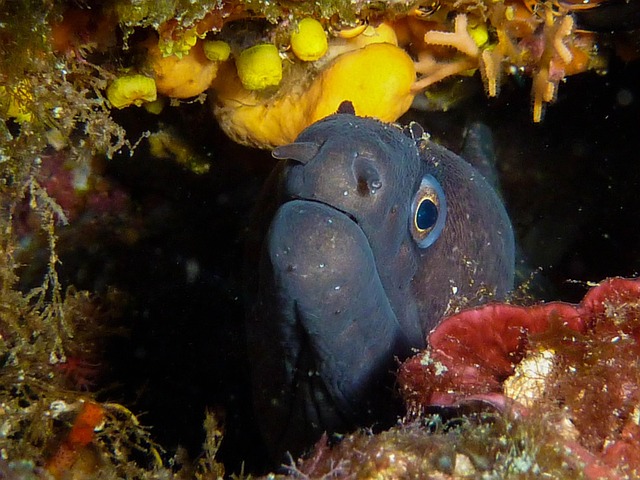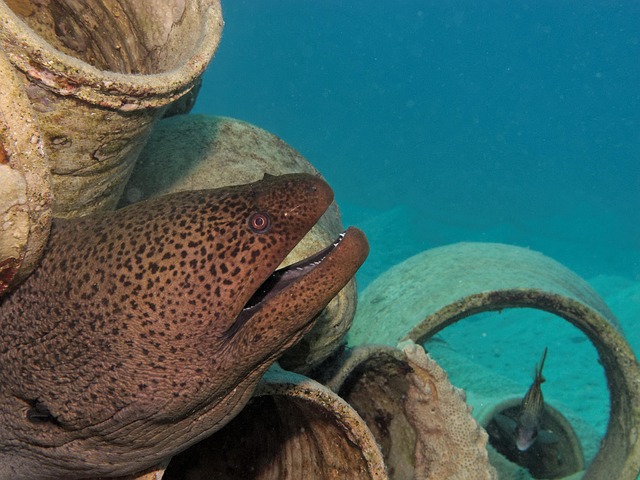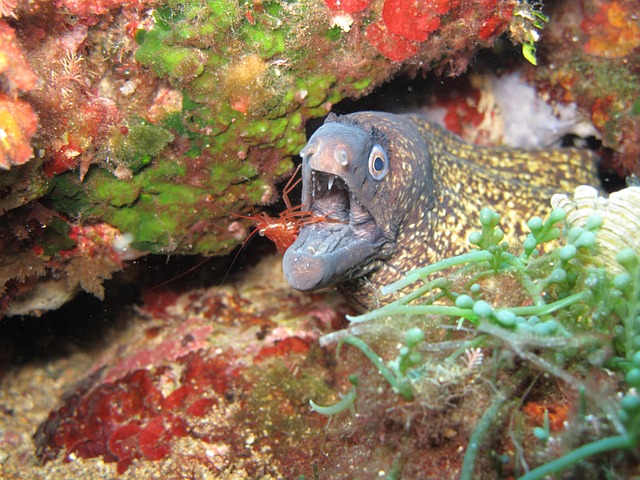In 1836, European scientists encountered a strange aquatic creature from the Amazon River that defied easy classification. With its elongated, eel-like body and air-filled lungs, some thought it must be a reptile. A year later, a similar animal was discovered in Africa, and based on the structure of its heart, it was declared an amphibian. It took more than thirty years of debate before the scientific community agreed: this creature was, in fact, a fish. But not just any fish — a lungfish.
++ Herpes virus rapidly reprogrammes human DNA within an hour
Unlike most fish, West African lungfish (Protopterus annectens) rely primarily on their lungs rather than gills. In fact, their gills are so poorly developed that they would drown if unable to reach the surface for air. Yet what truly sets lungfish apart is their astonishing ability to survive in challenging environments such as swamps and seasonal rivers that periodically dry up.
To cope with such conditions, the lungfish digs itself into the mud, creating a chamber lined with mucus. There, it enters a dormant state — a type of suspended animation — surviving without food or movement until the rains return. In the wild, this period of estivation can last seven to eight months, and in extreme cases, individuals have been known to endure for up to four years.
Lungfish boast an ancient lineage, with fossils dating back more than 400 million years. Despite their prehistoric origins, much about them remains mysterious — including the evolutionary link between their lungs and another notable anatomical feature found in fish: the swim bladder.
In developing embryos, both lungs and swim bladders arise from a pouch in the gut. Modern scans of their circulatory connections suggest that lungs likely evolved earlier, and that swim bladders are, evolutionarily speaking, adapted lungs used by many fish for buoyancy and even sound production.
++ Shy yellow boxfish and banded pipefish filmed exploring reef together
A long-standing scientific debate centres on which aquatic species is most closely related to all land-dwelling vertebrates — mammals, birds, reptiles, and amphibians. The candidates are lungfish or the equally enigmatic coelacanths. Recent genetic and anatomical studies have tipped the balance in favour of lungfish, suggesting that these creatures are, surprisingly, more closely related to us than to common bony fish such as tuna or herring.
Today, six species of lungfish are known to science, including four native to Africa. Among them, the Australian lungfish stands out, not only for its lineage but also for its longevity. One such individual, affectionately named Methuselah, resides in an aquarium in San Francisco. She has been there since 1938 and is estimated, based on genetic analysis, to be at least 93 years old.
If she continues to thrive, Methuselah could eventually surpass Grandad, another Australian lungfish who lived in a Chicago aquarium and reached the venerable age of around 109. These remarkably resilient fish are not only survivors of deep time but also living clues to our own evolutionary past.
